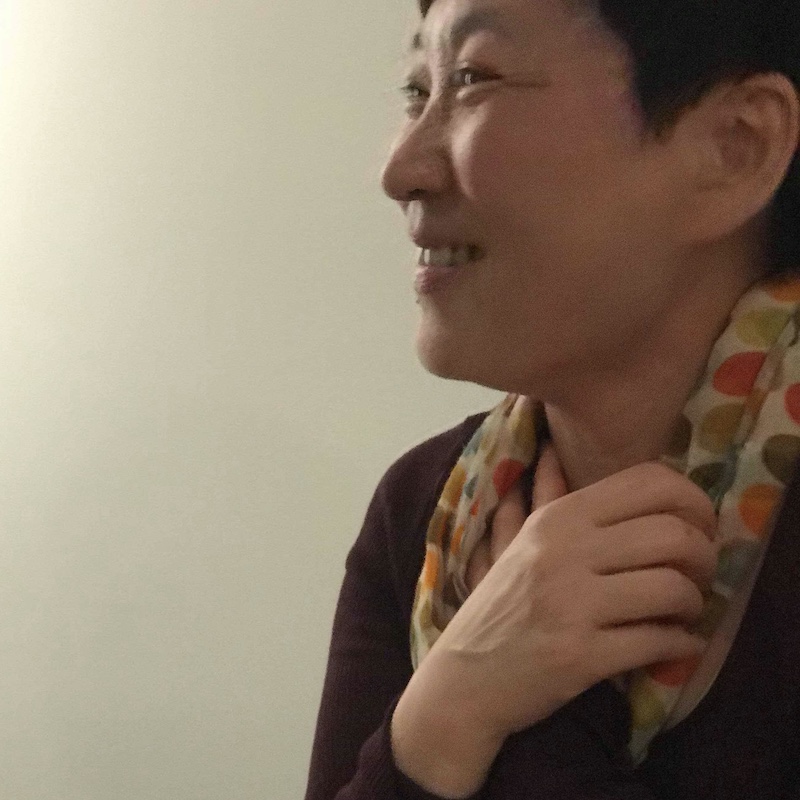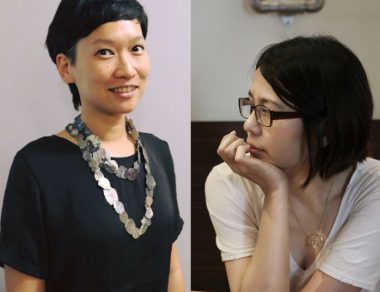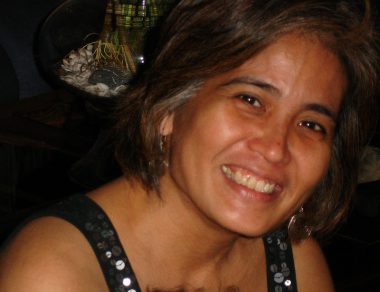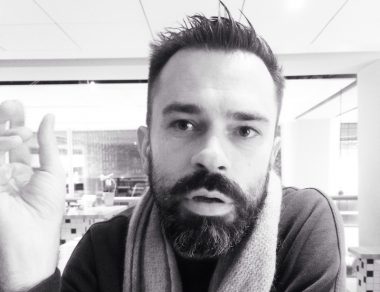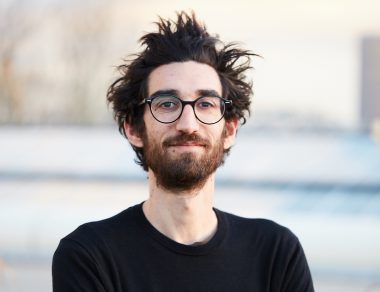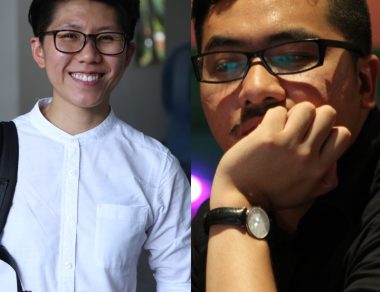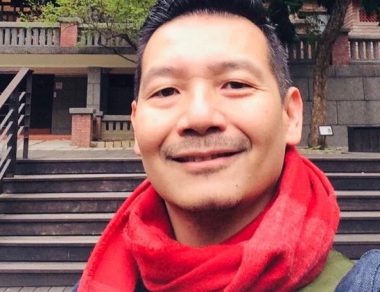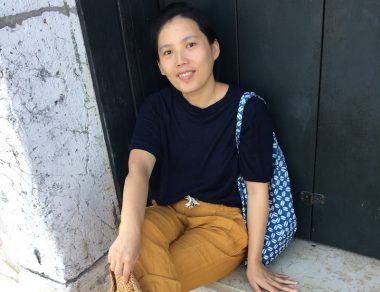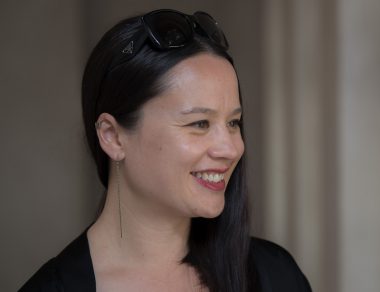Jo Hsiao
Reflections on Contemporary Curation
When we speak of “curating,” we must go back to the final decade of the previous century, when the academic institutions of Europe and North America established a variety of academic programs on curation. These programs systematically studied the history of contemporary art curation, building a discourse that placed curating within the context of knowledge production and establishing a new model for the production of exhibitions. At the same time, a new fashion for biennials and triennials rose up around the world. Many emerging economies, countries outside Europe and North America, were eager to demonstrate their national and economic power through large-scale exhibitions. Each sought to recruit the next “major curator,” and this collective quest converged at an ever-quickening pace with the force of a tide or even an ocean, eventually exalting the role of curator to a position of power. During this same era, Taiwan was establishing a much wider diversity of museums, and public art museums became petri dishes for Taiwanese “curators”. Moreover, these institutions lavished immense funds on recruiting international curators, who introduced cutting-edge international experiences. The Taipei Biennial, hosted by Taipei Fine Arts Museum, is an excellent example, inviting an internationally renowned curator once every two years since 1998.
Interestingly, of late “curating” – this model of exhibition production extoled by the art world – has suddenly and as if by magic spread across the four corners of the earth. Whether for art exhibitions, film festivals, art festivals, or a host of different commercial expos, be it themed or unthemed, for intellectual ends or entertainment’s sake, curating has actually become an act of self-definition. Amidst this clamor of voices, curating has become a prominent subject in academia. Many students at art academies and schools of design express the desire to become curators. As curating has risen to a new height in Taiwan, can we still discuss it by using its old definitions? More precisely, curating, in essence, is a form of knowledge or a skill that highlights a relationship of either confrontation or accommodation between curation and politics. At some level, we must acknowledge that exhibitions curated as forms of knowledge production are objects of the art world. Yet, we live in an era where the art world and the non-art world coexist. It is well understood that a moving, interesting exhibition plan is one whose motivation lies outside the realm of knowledge production.
To be honest, since the word “curating” arose from the art world to be deftly employed in a wide variety of performances and events, it has become a fashionable line of work, and this perfectly reflects how effective the market dominated by consumerism always is. If any given event bandies the word “curation” – brimming as it is with the concept of creativity – anticipation about what wonderful thing is about to blossom forth like a flower fills the hearts of everyone, be they aesthetes or intellectuals, the urbane or the provincial. This makes me think of a food dish. Provençal ratatouille is a kind of stew, made with onions, bell peppers, courgettes, aubergines, squash, garlic and lots of spices. This culinary agglomeration is born out of chaos, but its different vegetables blend perfectly to arouse the taste buds with fiery desires. I imagine curating to be a lot like ratatouille: it must go through a conscious process of disorder, eschewing stability. Meaning, meaninglessness, harmony, contradiction, the knowable, the unknowable…we place disparate elements together within the same clear milieu and find the explanation of an exhibition that is most reasonable to us. Ultimately, whether the customer buys, or a debate erupts over whether it is real or phony, or it is spectacular enough to satisfy everyone’s expectations, curating itself is not the answer. Nonetheless, it attempts to take a stance and to express a perspective. And yet these objectives are not always “effective”. Actually, when we speak of curating, there is always a lot to talk about.
